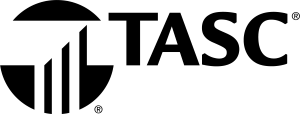Health Reimbursement Arrangements (HRA)

A Health Reimbursement Arrangement (HRA) is an employer-funded benefit in which your employer contributes money into an account which you can use to pay, or be reimbursed, for eligible out-of-pocket medical, dental and vision expenses that you incur. The HRA is available to you and your dependents. HRAs are 100% employer-funded and not taxable to you the participant.
What can an HRA do for Employees?
- Reimburse qualified medical expenses (pursuant to IRC Section 213(d)).
- Accumulate money to pay for both current and future health care expenses, COBRA and/or future retiree health care premiums and costs.
New TASC MyCard!
TASC has contracted with a new debit card provider. Your current TASC MyCard will be deactivated at the end of day June 22, 2025. Your new TASC MyCard will be mailed right away and should be received within 3-4 business days. Your new TASC MyCard will be ready to use upon receipt.
You can submit claims, check your balance, and usage history at https://www.tasconline.com/
 Translate
Translate